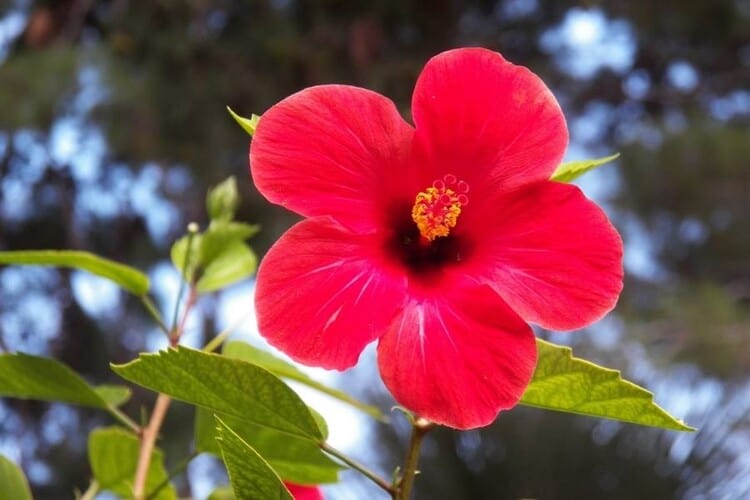Overwatered Hibiscus: 3 Signs & How To Rescue
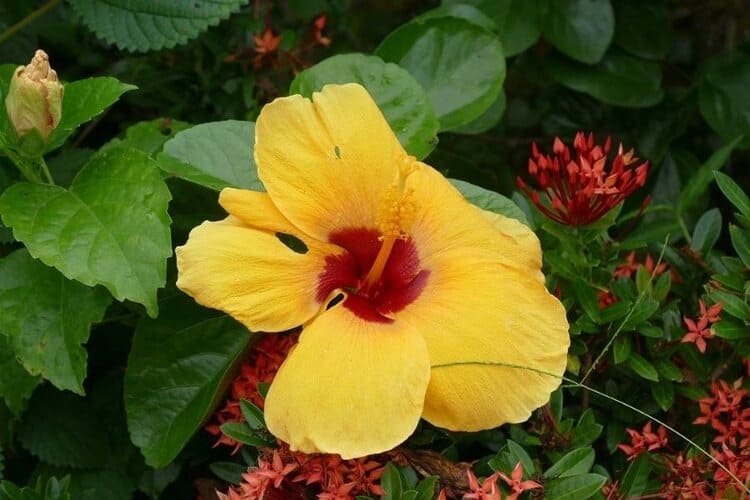
Hibiscus is a water-loving plant. However, if you water too much, it will affect the plant’s growth as well as your efforts to provide other growing conditions. Overwatering hibiscus is a common problem for gardeners.
But how do you tell if you have been overwatering your plant? What can you do to revive it? This post will give you a comprehensive guide to caring for and avoiding overwatering your plant. Let’s read on to discover!
Signs Of Overwatering Hibiscus
There are three common signs of an overwatered hibiscus: Leaves turning yellow, wilting, and root rot. Observing hibiscus overwatering symptoms can be quite disheartening. Understanding and identifying these hibiscus overwatering symptoms early is crucial in implementing remedial actions to restore its health and vitality.
Many plant lovers and gardeners make the mistake of overwatering their hibiscus plants. Although it isn’t a big issue, it will destroy your plant if ignored. If you notice any signs in the leaves, moisture, or root system, take immediate action to heal your plant.
So what does an overwatered hibiscus look like?
Yellow leaves
Yellow leaves, or sometimes brown ones, are a clear indicator that you have overwatered your hibiscus plants. The leaves of a plant that has been submerged will be brittle and yellow, and the growth will bend upward and wither.
If you overwater your hibiscus, its leaves will turn yellow, regardless of the species. However, they will be brittle, dry, and thin instead of plump and healthy. Edoema occurs in overwatered hibiscus, which means the plant has absorbed too much water and the cells are swollen.
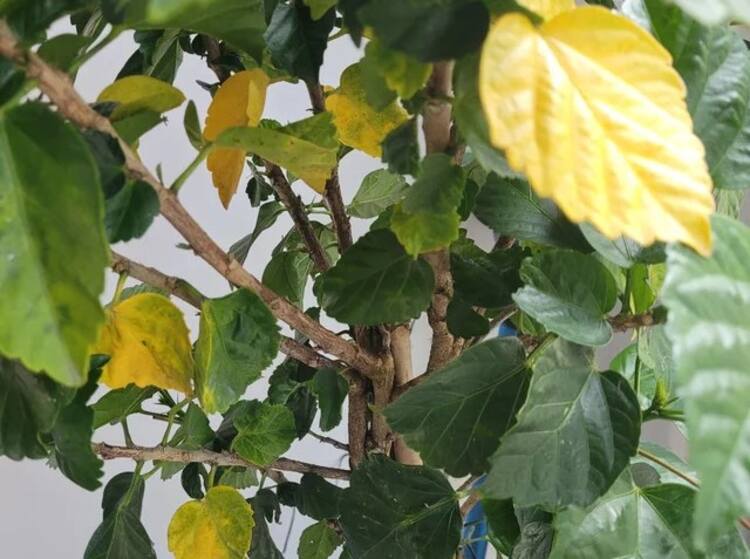
Moisture
The next step in determining an overwatered hibiscus plant is checking and touching the growing soil. The overwatered hibiscus looks wilted and yellow, practically as if it is dying from a lack of water, although the soil is still damp. The ideal soil texture for the plant is moist and relatively spongy, rather than dripping or soaking wet. If it leaks when you pick it up or if the drip tray is full of stagnant water, you are in trouble.
Root rot
Checking the roots is an important step in determining whether you have been overwatering your hibiscus. To do so, gently unpot the hibiscus and wipe any soil away from the roots using a soft brush. They should look healthy, firm, and creamy.
You get root rot if the roots have a terrible odor, are black or brown, and mush under the touch of your forefinger and thumb. Overwatering is the primary cause of hibiscus root rot, which is one of the most prevalent diseases that crops suffer from.
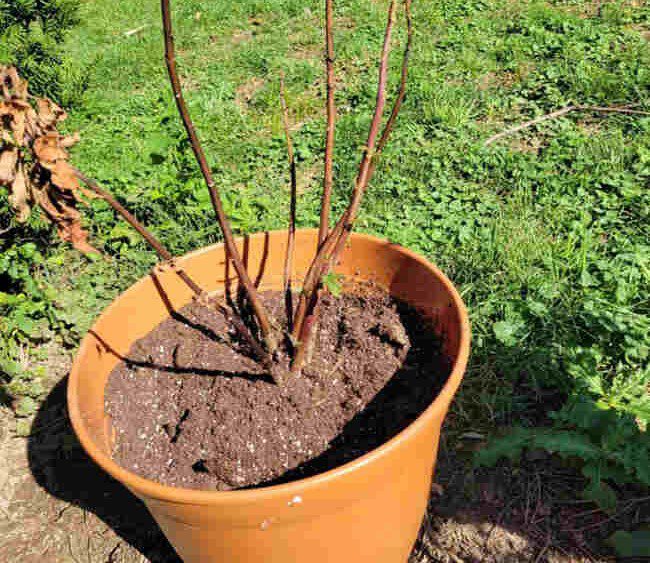
How To Fix Overwatered Hibiscus?
It’s time to take action and save your plant once you’ve confirmed that it’s been overwatered. Begin by flipping the plant upside down and grasping the base of the main stem as near the soil surface as possible. Pull it loose from the pot gently yet firmly.
Then, brush off and clear as much of the wet soil as possible with your hands and sift through the roots. If the plant hasn’t had to struggle with overwatering for too long, it will still appear to be in good condition. You can easily see the white, firm roots.
Remove the damaged parts
The next step is to prune as many damaged roots as possible. You can transplant your plant into a new one with clean, slightly moist soil after cutting the damaged parts of the root ball away.
If you don’t have any new potting soil, you can reuse the old soil from the pot, but make sure it is dry before using it again. However, it should still be damp so that your little plant can grow. It’s now time to remove the dead leaves. Try to cut any yellowed, curled, or wilted leaves carefully.
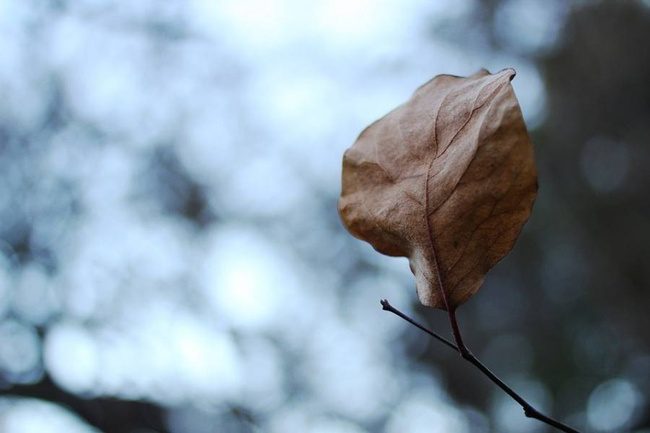
Repot
It’s time to begin watering the hibiscus again when the soil starts to look drier and less damp. Remember not to let it dry completely. Your hibiscus will slowly return to life and bloom with its distinctive, huge, brilliantly colored flowers.
How To Water Hibiscus Correctly?
Hibiscus comes in two varieties: tropical and hardy. The tropical hibiscus can thrive in warm climates, while the hardy hibiscus (also known as Hibiscus spp.) prefers cold weather. The tropical type is more favorable since it is evergreen.
As a result, we’ll pay greater attention to it in this article. The hibiscus flower is a moisture-loving species. The plant comes from tropical regions such as the Pacific Islands and Asia, where the weather is hot all year.
As a result, the hibiscus will require ample moisture in the summer. Also, remember to reduce the water supply for it in cold weather. It would be best to water your flower until the soil is totally wet, then wait until it is dry to the touch before spraying again. The rule of thumb is to keep the soil adequately moist. Tropical hibiscus plants require lots of moisture to grow. However, too much moisture is not a good idea.
In the summer
Your hibiscus plant needs watering almost every day during the springtime to mid-summer periods. Because tropical plants like hibiscus also require ample moisture, try to give them more water throughout the flowering stage. The typical root length of this plant is 6 inches. Hence, make sure you soak the soil entirely when watering.
In the winter
Because this plant can’t flourish during the colder months of the year, it needs far less moisture in the fall and winter. As a result, do not overwater your plant throughout the winter. Instead, please give it some water when the soil is too dry. If your temperature is mild enough for you to keep the hibiscus outside in the wintertime, you’ll need to irrigate it less than if you moved it indoors.
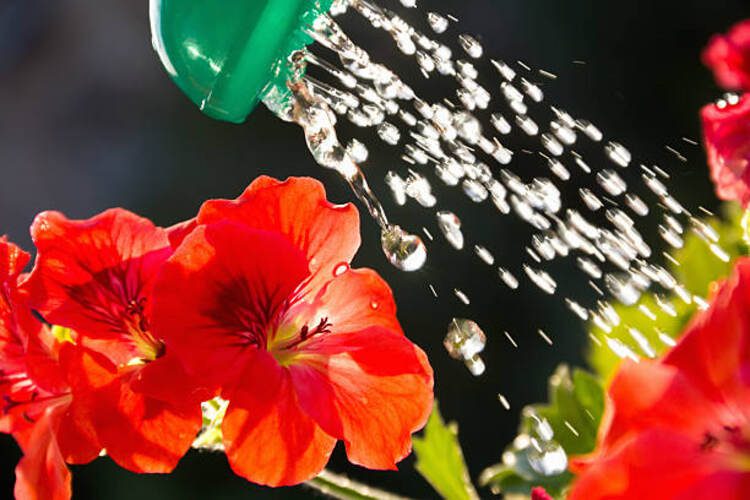
Tips For Caring Hibiscus
Aside from watering, other factors play vital roles in raising your plant. As a result, pay equal attention to light, fertilization, and other growing tips too.
Growing tips
Many people opt to cultivate these tropical plants in pots. These containers allow them to transfer the potted plants to the best position for the season. Provide about six hours of direct sunlight for the plant, particularly if you want to see the gorgeous blossoms.
Unlike the hardy hibiscus, the tropical one thrives in hot, humid weather. However, it still needs some afternoon shade if the weather is too hot. Containers, once again, make this job simple. When grown in a container, the plant needs a snug fit. Potted plants should be slightly root-bound. When repotting, make sure that the potted hibiscus has more room. Besides, it requires excellent drainage.
Light
If you live in an extremely sunny area, a little shade can directly benefit outdoor hibiscus, especially by shielding it from the intense afternoon sunlight. You can plant them inside, despite their light requirements. All you have to do now is make sure the illumination is bright enough. Always position the container-grown flower in a window that faces south or southwest to obtain the most light.
Fertilizing
To hibiscus bloom successfully, a hibiscus plant needs a lot of nutrients. You can use potassium-rich fertilizer in the summer. You may feed your plant once a week with a water-soluble fertilizer, once a month with a slow-release fertilizer, or once a month with high-potassium manure.
Tools and Tips on Establishing A Watering Routine
Moisture Meter Apps & Tools:
- Smartphone Apps: There are apps available for smartphones that, when used with specific sensors, can measure soil moisture. Examples include “Parrot Flower Power” and “Xiaomi’s MiFlora.”
- Standalone Moisture Meters: These are handheld devices that you stick into the soil. They provide an instant reading of the soil’s moisture level. They’re readily available at garden centers.
Smart Watering Systems:
- Automated Drip Irrigation Systems: These are designed to deliver water directly to plant roots at scheduled times or when moisture levels drop below a certain threshold.
- Smart Garden Hubs: Devices like “Rachio” or “Orbit B-hyve” connect to your home Wi-Fi and use weather data to adjust watering schedules based on recent rainfall and forecasts.
Conclusion
These little trees need a lot of water, especially while they’re flowering and the weather is hot outside. However, it’s also easy to overwater them. You may carefully nurture your overwatered plant back to life by cutting the damaged sections of the leaves, roots, and stems and repotting the remaining plant in moderately wet soil.
Hopefully, the tips we have shared can help with your gardening. If you need any further information about gardening tips, please feel free to ask.




